Life
Sign up for our newsletter
We summarize the week's scientific breakthroughs every Thursday.
-
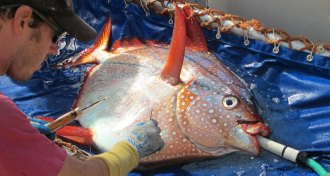 Animals
AnimalsDeepwater dweller is first known warm-hearted fish
The opah, a deep-diving fish, can keep much of its body warmer than its surroundings, making it similar to warm-blooded birds and mammals.
By Susan Milius -
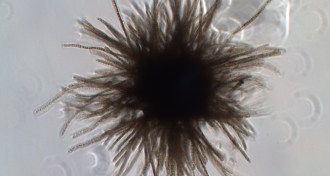 Oceans
OceansMysterious form of phosphorus explained
Mysterious form of phosphorus may be used as shadow currency by marine microbes, potentially upending scientists’ understanding of nutrient exchanges.
By Beth Mole -
 Science & Society
Science & SocietyThe Dress divided the Internet, but it’s really about subtraction
People really do see different colors in the same photo of a dress, suggesting that our internal models shape color perception far more than has been recognized.
-
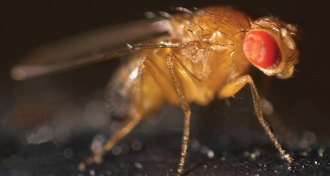 Neuroscience
NeuroscienceFruit flies flee from shadows
Studying flies’ responses to an ominous shadow may lead to a deeper understanding of humans’ emotions.
-
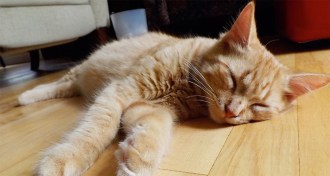 Animals
AnimalsEarly research asked whether cats dream
Early research asked whether cats dream; researchers still don’t know definitively.
-
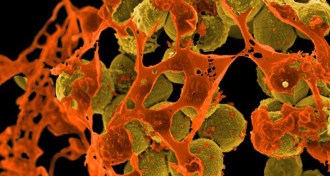 Genetics
GeneticsQuicker sepsis diagnosis may be a step closer
Identifying genes linked with sepsis may make it possible to develop a blood test to diagnose the infection days sooner than current methods.
-
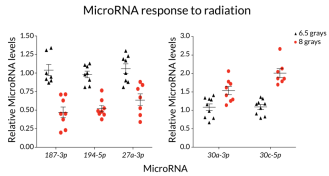 Genetics
GeneticsMicroRNAs track radiation doses
MicroRNAs in the blood may indicate radiation damage, a study of mice finds.
-
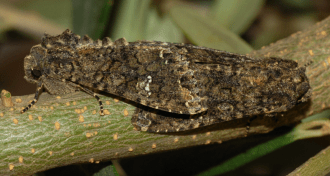 Animals
AnimalsNighttime light pollution sabotages sex pheromones of moths
Artificial lighting at night can trick female moths into releasing skimpy, odd-smelling sex pheromones.
By Susan Milius -
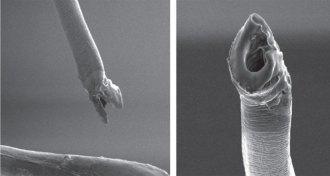 Animals
AnimalsPruning bug genitals revives puzzle of extra-long males
Surgical approach highlights question of length mismatch in his and hers morphologies.
By Susan Milius -
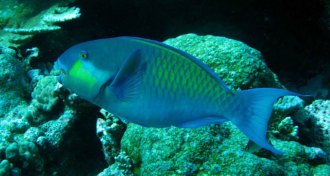 Animals
AnimalsAn island in the Maldives is made of parrotfish poop
Coral-eating parrotfish create much of the sediment that a reef island is made of, a new study finds.
-
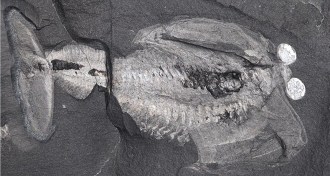 Paleontology
PaleontologyAncient brain fossils hint at body evolution of creepy-crawlies
Fossilized brains — found in the Burgess Shale in western Canada — offer clues to how arthropods morphed from soft- to hard-bodied animals.
-
 Genetics
GeneticsMolecular scissors snip at cancer’s Achilles’ heel
Finding cancer’s vulnerable spots using CRISPR technology could lead to drugs that hit the disease hard.
By Meghan Rosen